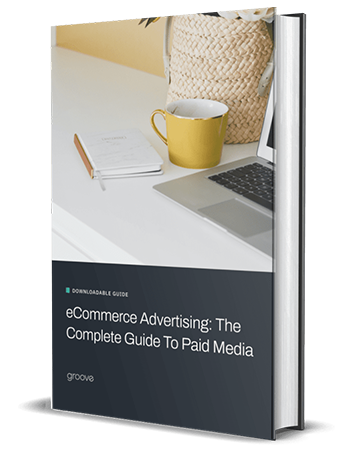Facebook ad targeting has come a long way since its infancy in 2007. Whether you’re trying to reach existing customers or follow users after they leave your site, Facebook has built the tech to make it happen.
Facebook Ad Targeting Tips
If you’re not sure where to start when it comes to targeting or are looking for a few pointers, we’ve outlined 7 Facebook ad targeting tips for you to give a try.
- Facebook retargeting
- Custom audiences & lookalike campaigns
- Demographics & locations
- Life event targeting
- Integrations with third parties
- Platform targeting
- Negative audiences
Facebook Retargeting
If you’ve ever looked at a pair of shoes online and they seem to follow you around the internet despite the site you're on, you’ve encountered retargeting. Although this technique began in display advertising, Facebook has quickly become one of the dominant players in the retargeting space.
To setup a campaign, you’ll need to place the Facebook pixel on your web properties and begin “cookie-ing” your visitors and customers. From there, you can determine who you want to retarget based on specific parameters including website behavior and page views. For example, you can target users who added a product to their cart but haven’t purchased yet.
Custom Audiences & Lookalike Campaigns
With Facebook’s Custom Audiences, you can easily upload email addresses of your existing customers, leads and contacts you want to target. From there, Facebook will cross-reference your data with theirs to find your customers on Facebook. You can then choose to target your Facebook ads to the list you uploaded, or create a lookalike audience of Facebook users with similar interests.
Specific Demographics and Locations
Demographics and locations are some of the most straightforward Facebook ad targeting tips, but they are essential components to successful campaigns. For example, you can use these parameters to target specific demographics and locations based on age, sex, demographics, languages, geographic locations and interests. You can also experiment with different combinations to narrow down to your specific target audience.
Life Event Targeting
With options like “recently moved,” “away from family,” and “new job,” Facebook allows advertisers to get hyper relevant to what is going on in their audience’s lives. The value here is that targeting users during specific life events can help you relate with your audience on an emotional level. When you’re in tune with your audience, your audience will then feel in tune with you, too!
Integrations With Third Parties
Much as we enjoy uploading CSV files for custom audiences *cough cough,* HubSpot's new Ads Add-On (a paid feature) now allows you to automatically sync your smart lists to custom audiences on Facebook.
As an added bonus, you can also create lookalike audiences based on smart lists. Although HubSpot is not the only tool on the market, we’re loving their push into more paid media to keep the marketer’s tools in one place.
Platform Targeting
As Facebook continues to expand its technological footprint, advertisers have many platforms to choose from. These options currently include Facebook, Instagram, Messenger App and the Advertiser Network.
Each platform has individual strengths and weaknesses, so we advise you to take the time analyze your audience and understand where they will spend their time. Also, remember that images and ad copy has to work on the platforms you target.
Negative Audiences
If your campaign is casting too wide of a net, try incorporating negative audiences. This feature helps you exclude less-qualified audiences without making things too narrow. If you run an eCommerce business, adding a negative audience for recent purchasers can be a great place to start.
This approach can conserve budget and increase the chance of reaching interested consumers. The HubSpot Ads Add-On actually allows you to use a Smartlist as a negative audience. One good negative audience can be your existing customers.
Conclusion
We hope these Facebook ad targeting tips help you to better advertise on the social platform. No matter what Facebook targeting tips you choose to implement, it’s important to always test and review the data. eCommerce advertising involves experimentation, so don’t give up if you don’t strike success on the first go! Take a look at your targeting options and try a different combo to see what works best for your brand personas.
Not sure where to go next? Contact us through the form below with any questions or concerns. Our team is happy to chat about your paid advertising strategies and how to better maximize campaign ROI.

eBook
eCommerce Advertising:
The Complete Guide To Paid Media
Explore tags:
About the author
Subscribe to the Groove Newsletter
Get the latest updates and insights straight to your inbox






